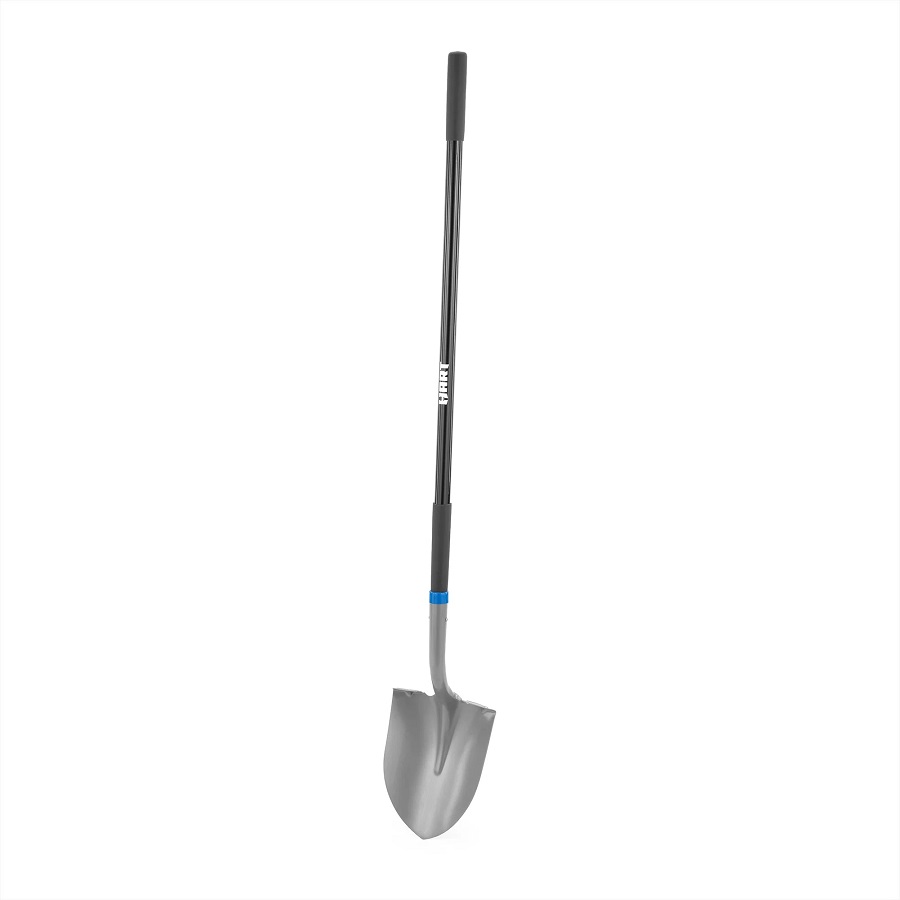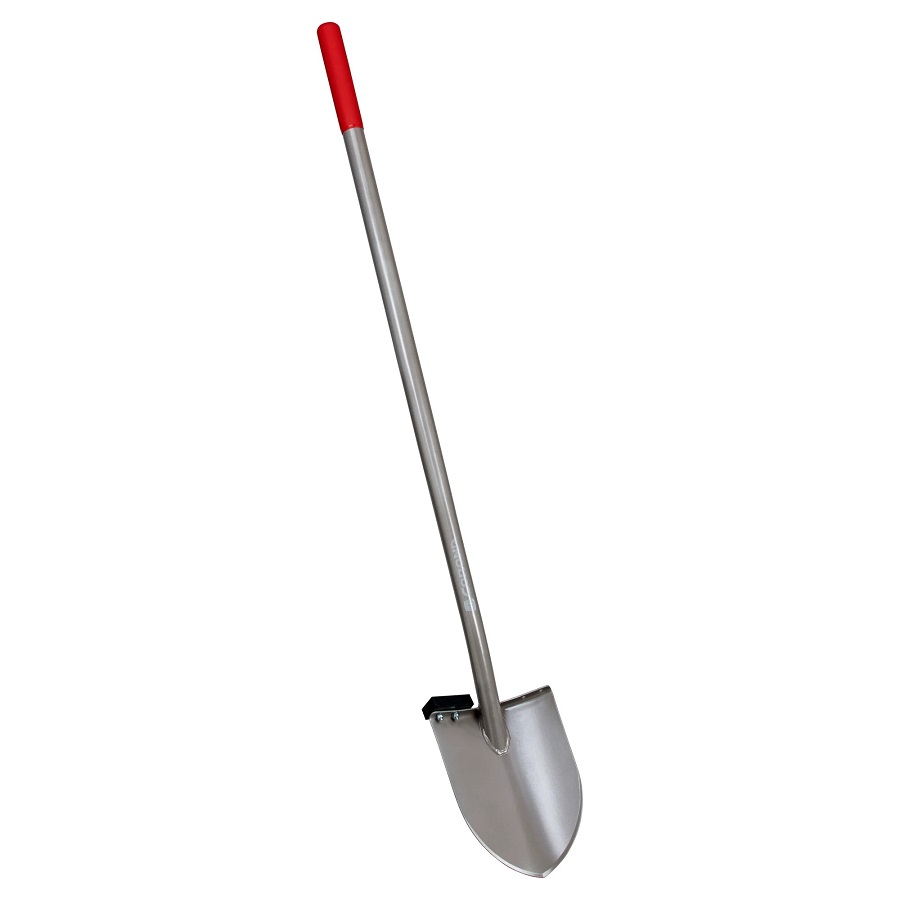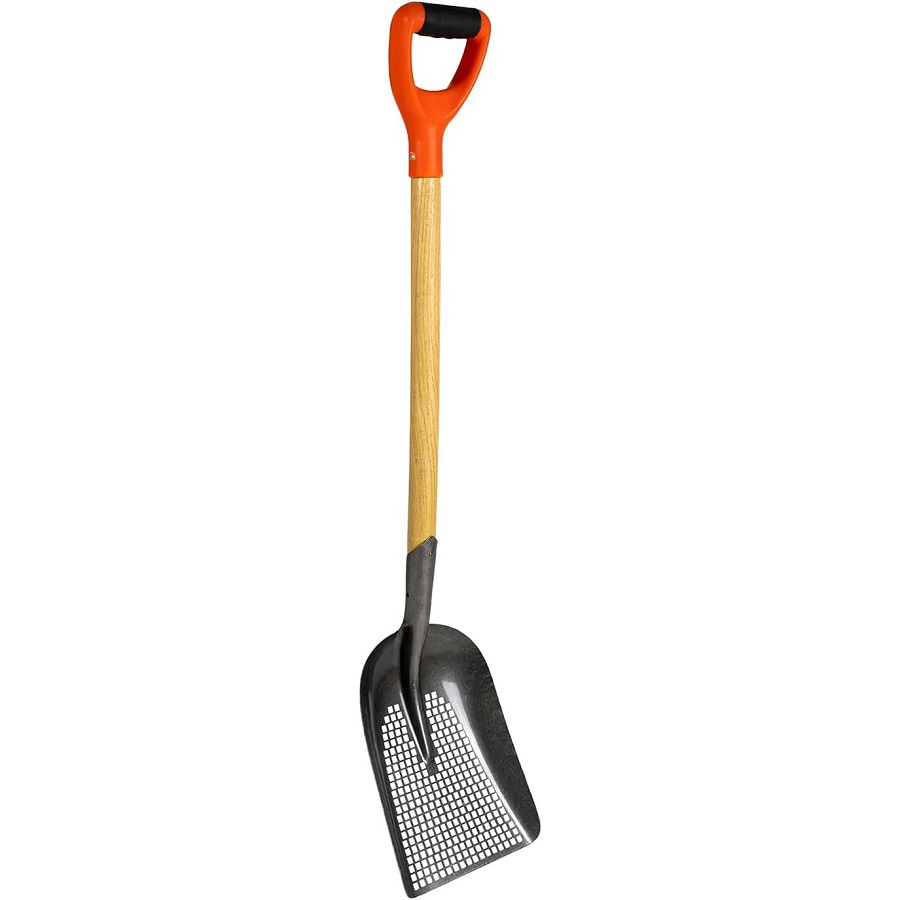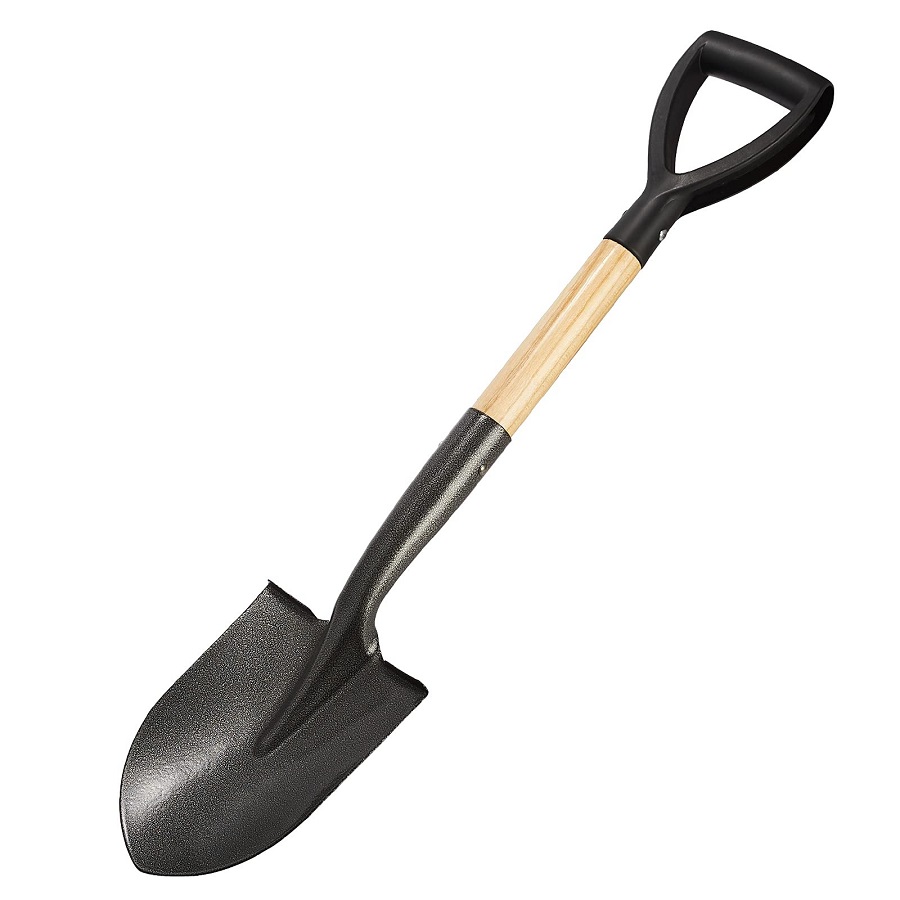The Evolution of Digging Shovel Designs
The digging shovel has come a long way. In its simplest form, it was a broad and flat blade fixed to a wooden handle. Early designs were basic, serving the primary purpose of digging and moving soil. Over time, the functionality and efficiency of digging shovels saw significant enhancements.
Craftsmen began to refine the shape of the blade to improve soil penetration. They made shovels with pointed tips to ease entry into the ground. Sharpened edges were another upgrade, slicing through roots and tough earth with less effort.
In the industrial era, new materials like steel replaced earlier bronze and iron versions. This brought strength and durability to shovels, making them capable of handling more strenuous tasks. The handles, too, have evolved. They moved from simple wooden poles to ergonomic designs. Modern handles are often made from materials like fiberglass or reinforced plastics. These materials reduce weight and increase comfort during long periods of use.
Today, digging shovels incorporate advanced features. Some have foot platforms for better force application. Others offer adjustable handles to suit users of different heights. Rubber grips to prevent slipping and absorb shock are now common as well.
The ongoing evolution of digging shovels reflects a continuous effort to match gardening tools with gardeners’ needs. This progress ensures that digging, a fundamental gardening task, becomes more efficient and less taxing. As we look at the shovel’s history, we see a timeline marked by innovation aimed at making gardening easier and more productive.

Key Features of High-Performance Digging Shovels
Gardeners know the value of a high-performance digging shovel. Key features that set apart the best models include durability, ease of use, and specialized functions that cater to various gardening needs. Here’s what to look for:
- Sharp Blade: A well-crafted blade with a pointed tip and sharpened edges makes soil penetration easier. It cuts through tough soil and roots swiftly.
- Sturdy Construction: High-performance shovels often use heavy-duty materials like steel for their blades. This ensures they can withstand hard, repetitive digging.
- Foot Platform: For added power, some shovels have a flat edge at the top of the blade. This allows gardeners to apply extra force with their foot without slipping.
- Lightweight Handle: Materials such as fiberglass or reinforced plastic make the handle lighter. This helps in reducing fatigue during prolonged use.
- Ergonomic Grip: Rubber or soft plastic grips are essential. They prevent blisters and reduce hand strain.
- Length and Size: The shovel’s size should match the user’s strength and height. This ensures maximum efficiency and comfort while digging.
Together, these features make the task of digging less straining and more efficient. High-quality digging shovels are designed to meet the demands of both casual gardeners and professional landscapers.
Ergonomic Shovel Designs for Reduced Strain
Ergonomic shovels have features that conform to the natural movements of the body. This minimizes the effort needed for digging and reduces the likelihood of injury.
Here are some ergonomic features to look for in a shovel:
- Curved Handles: A gently curved handle follows the natural swing of your arms. This design eases the stress on your wrists and back.
- Adjustable Length: Some shovels have telescopic handles. They can adjust to match your height, reducing the need to bend.
- Padded Grips: Cushioned grips or D-shaped handles allow for a comfortable hold. They reduce hand fatigue and offer better control.
- Kick Plates: Shovels with built-in kick plates let you use your body weight to penetrate the soil. This decreases the force needed from your arms and back.
Choosing a shovel with ergonomic features can greatly enhance your gardening experience. It allows you to work longer without discomfort. Remember, using a shovel that aligns with your body not only increases comfort but also boosts efficiency.

Material Advancements in Shovel Construction
The construction of a digging shovel has seen immense improvements. Innovations in materials have been central to enhancing shovel performance. Let’s delve into the advancements that matter:
- Steel and Aluminum Blades: Modern shovels often feature blades made of high-quality steel or lightweight aluminum. These materials resist rust and endure tough digging tasks.
- Fiberglass Handles: Fiberglass has replaced wood in many high-end shovel handles. It offers strength while keeping the shovel light.
- Plastic and Rubber Elements: Durable plastics and rubber now feature in shovel construction. They add comfort and grip in handles and footpads.
- Carbon Fiber Components: Some premium shovels incorporate carbon fiber. This space-age material offers exceptional strength without adding weight.
- Coatings for Durability: Advances in blade coatings enhance longevity. Anti-corrosion and wear-resistant finishes keep shovels in good shape longer.
These material advancements have resulted in shovels that last longer and make gardening tasks easier. Developers now focus on creating shovels that combine lightweight, durability, and user comfort. When choosing a digging shovel, consider these material innovations to ensure you invest in quality and efficiency.
Specialty Shovels for Different Gardening Tasks
When it comes to gardening tasks, one size does not fit all. Specialized shovels meet specific needs, making work easier and more efficient. Here are types of specialty shovels and their unique uses:
- Transplanting Shovel: A narrow blade with a pointed tip is ideal for transplanting. It digs up plants with minimal damage to roots.
- Trenching Shovel: This type comes with a sharp, squared-off blade. It’s perfect for creating clean trenches.
- Drain Spade: With a long, narrow blade, the drain spade is for precise digging. Use it to install irrigation or underground cables.
- Scoop Shovel: The broad, flat blade scoops materials like soil, gravel, or mulch easily.
- Root Shovel: For cutting through roots, this shovel has a serrated edge. It slices roots without heavy lifting or chopping.
Gardeners can choose from these specialized digging shovels to tackle various tasks. From digging holes for new plants to moving bulk materials, there’s a shovel that’s crafted for the job. Knowing the right type to use can save time and reduce physical strain. So, invest in the right digging shovel for your specific gardening needs. It’s a choice that can enhance your efficiency and results.

Cutting-Edge Shovel Technologies and Mechanisms
Innovative technology has revolutionized the humble digging shovel. Cutting-edge adaptations now make gardening tasks smoother and quicker. Here’s what’s new in shovel technology:
- Power-Assisted Digging: Some shovels come with electric or battery-powered options. This tech provides extra digging force, reducing physical labor.
- Smart Handles: Smart handles with sensors can guide your form to prevent strain. Alerts tell you when your posture could cause injury.
- Interchangeable Heads: Certain models offer detachable heads. Swap between different types for different tasks without buying multiple tools.
- Soil Ejection Mechanisms: Shovels with a soil ejection feature clear dirt off the blade automatically. This keeps the tool clean and ready for the next use.
- Multi-Tool Functions: Integrated features turn a shovel into a multi-tool. Think of foldable designs that include saws or hatchets for versatility.
With these advancements, gardeners can enjoy a more effortless digging experience. They can focus more on their gardening passion and less on the toil. When picking a shovel, consider these technologies to upgrade your gardening game.
Maintenance Tips for Your Digging Shovel
To ensure your digging shovel remains in top condition, proper maintenance is crucial. Here are practical tips to prolong your shovel’s life:
- Clean After Use: Always remove dirt and debris from the blade and handle. This prevents rust and wear.
- Dry Properly: After cleaning, dry your shovel completely. Store it in a dry place to stop moisture damage.
- Sharpen the Blade: Keep the blade sharp for efficient digging. Use a metal file or stone for routine sharpening.
- Inspect Regularly: Check for cracks or damage in the handle and blade. Repair or replace as needed.
- Tighten Connections: Make sure the blade and handle joint is tight. Loose hardware can lead to accidents or further damage.
- Anti-Rust Treatment: Apply oil or a silicone spray to metal parts. This forms a barrier against rust.
- Handle Care: If your shovel has a wooden handle, sand it down occasionally to prevent splinters. Treat with a sealant for added protection.
By following these steps, your digging shovel will stay reliable season after season. Regular maintenance keeps your tool ready for any gardening task, saving you time and effort.
Choosing the Right Shovel for Your Gardening Needs
Selecting the appropriate digging shovel can make a significant difference in your gardening work. Here are key factors to consider when choosing a shovel:
- Assess the Task: Identify the gardening tasks you perform most. Your shovel’s type should align with your primary activities.
- Consider Blade Type: Match the blade shape to your tasks. Pointed tips are for digging; flat edges are for scooping.
- Evaluate Handle Length: Ensure the handle is the right length for your height. This prevents overreaching and strain.
- Check the Grip: Pick a shovel with a comfortable handle grip. This reduces hand fatigue during use.
- Choose Durable Materials: Opt for steel or fiberglass broads in heavy-duty tasks. They withstand repetitive digging.
- Look for Ergonomic Features: Select shovels with curved handles or padded grips. They help minimize strain on your body.
- Think About Weight: A lighter shovel is easier to handle, especially if you garden for long hours.
- Budget for Quality: Invest more for a high-grade shovel if you garden often. It’s more cost-effective long-term.
By considering these aspects, you will find a digging shovel that meets both your gardening needs and personal comfort. A right choice will help make your gardening more enjoyable and less strenuous.
